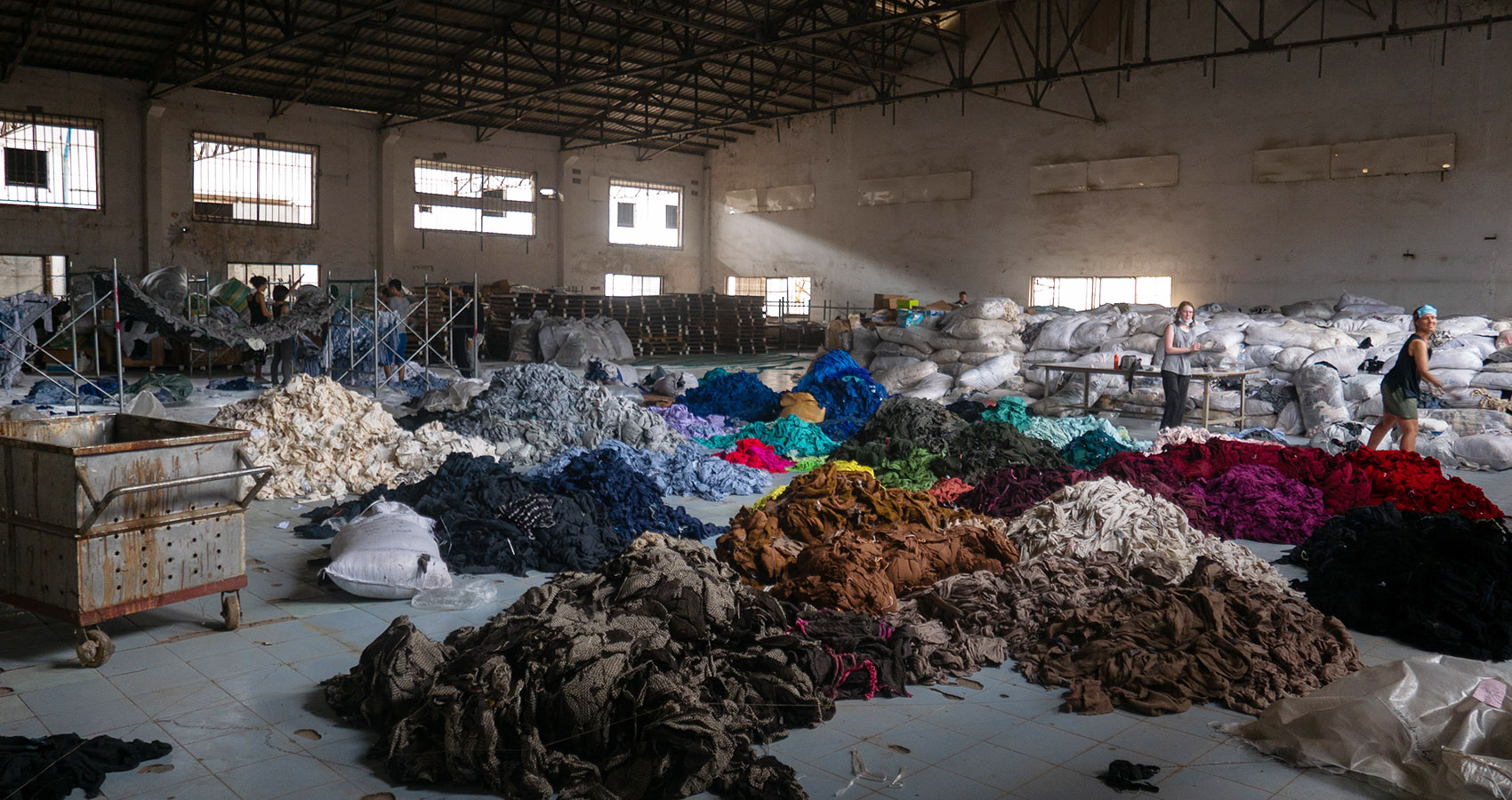
How The COP26 Climate Talks Will Hopefully Change The Fashion Industry For The Better
World leaders gather in Glasgow, Scotland, for COP26, a high-stakes UN climate conference.
The first Conference of Parties, or COP, was held in Berlin in 1995. 25 years after the first one, COP26 kicked off on Sunday, Oct. 31, and will end on Friday, Nov 12.
COP26 is the most crucial climate summit since the 2015 Paris Climate Accords. So far, we've learned that humanity is badly off track. If we continue at the current rate, climate catastrophes are an inevitable part of our world's not-so-distant future.
In 2015, world leaders agreed to limit global warming to 1.5 degrees Celsius above pre-industrial levels. The world needs to almost halve greenhouse gas emissions in the next 8 years to reach net-zero emissions by 2050, which would meet the aspirational goal of the 2015 Paris Agreement.
The sirens are sounding.
— António Guterres (@antonioguterres) November 1, 2021
Our planet is telling us something - and so are people everywhere.
We must listen — we must act — and we must choose wisely.
Choose ambition.
Choose solidarity.
Choose to safeguard our future and save humanity.#COP26 pic.twitter.com/XHXpTd1p3H
Prince Charles was one of the many influential people that spoke at COP26. He explained, "My plea today is for countries to come together to create the environment that enables every sector of industry to take the action required. We know this will take trillions, not billions, of dollars."
United Nations Secretary-General Antonio Guterres tells the summit the six years since the Paris Agreement was adopted have been the six hottest years on record. He adds that we are "killing ourselves with carbon" and "treating nature like a toilet."
Over the next two weeks, the world's top leaders will attempt to make new agreements to tackle climate change.
So, where does the fashion industry stand?
The decisions made after COP26 will have implications for the industry as a whole. Fashion is a major polluter and has long been accused of more talk than action regarding climate change.
According to an Oct. 26 report by Textile Exchange and Consultancy, which looked at 40 leading fashion and textile companies, we learned that nearly two-thirds of fashion companies are not on track to meet their own targets to cut down on these third-party emissions.
Although the industry has been lagging behind its promises, we can expect to see an array of ambitious commitments from brands and more comprehensive government intervention throughout the next two weeks of COP26. Activists hope to see significant changes: commitments to cut emissions, concrete regulation, and transparent supply chains.
Although it is hard to pin down the fashion's impact, we know that the vast majority of fashion's emissions occur during production, outside the direct control of brands and retailers. A 2020 report by Global Fashion Agenda and McKinsey put fashion's greenhouse gas emissions at between three and 10 percent of the global total.
The wealthiest countries pledged to finance the transition away from fossil fuels for the world's biggest garment-producing counties, including Bangladesh, Cambodia, Myanmar, and Ethiopia.
Although the start of COP26 brought us some sobering news, all hope is not lost. Back in 2018, The UN Fashion Industry Charter for Climate Action committed to slashing emissions at COP24. Although 130 company signatories committed to cutting supply chain emissions 30 percent by 2030, more ambitious cuts are needed to align with the 1.5-degree goal. On Nov. 8, the Charter will be hosting an event where the main agenda is to update their plans and further their objectives.
In case you missed it, Greta Thunberg Mocks World Leaders In Speech At Youth4Climate Conference











